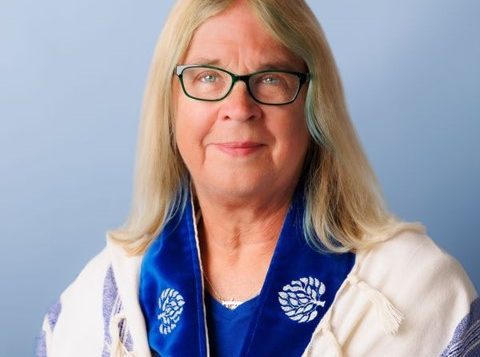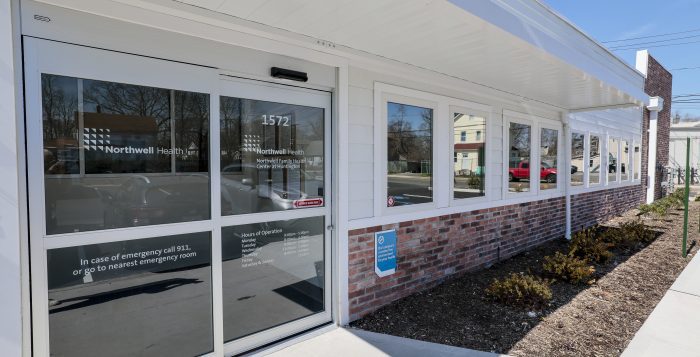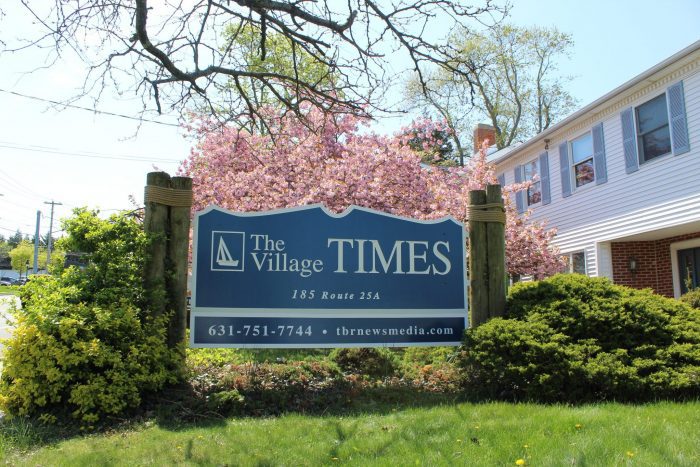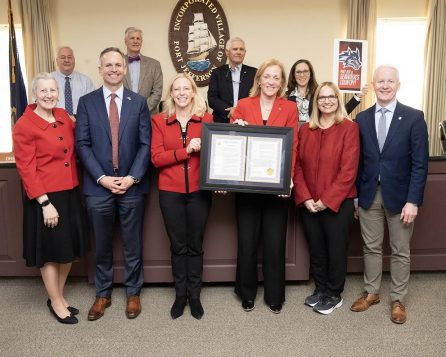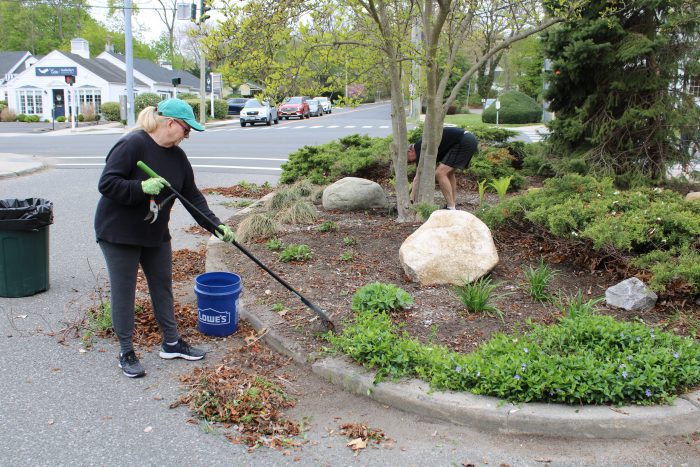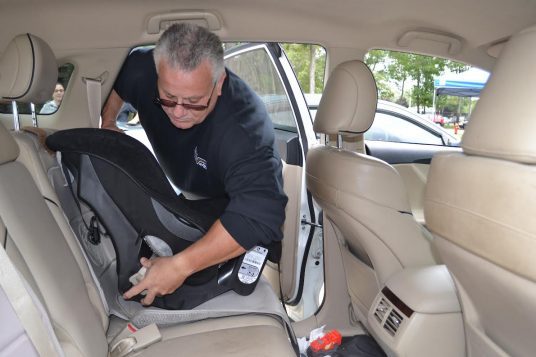By Aramis Khosronejad
In March, nearly 50 Long Island projects, totaling $87 million, were approved in both the first and second tranche of appropriations bills that the U.S. Congress approved.
U.S. Rep. Nick LaLota (R-NY1) was able to secure monies to carry through these projects with other local congressmen, Andrew Garbarino (R-NY2) and Anthony D’Esposito (R-NY4), and Sens. Chuck Schumer (D-NY) and Kirsten Gillibrand (D-NY).
According to LaLota, after “months of relentless advocacy, including the crafting of detailed proposals and concerted efforts directed at members of the House Appropriations Committee,” they were finally able to integrate various initiatives and final appropriations bills.
For some time now, the water infrastructure on Long Island has been brought into question and, by extension, the quality of water available for citizens. Suffolk County has seen protests over the past year concerning the basic right each citizen has to clean water [See story, “Suffolk County Legislature recesses, blocks referendum on wastewater fund,” July 27, 2023, TBR News Media]. The conflict has evolved into a political issue.
The FY2024 Consolidated Appropriations Act passed with “overwhelming” bipartisan support in the House. LaLota described the local funding as “a significant milestone in our commitment to serving the people of Suffolk County.”
Included are the Town of Brookhaven’s Port Jefferson Harbor dredging and wave wall construction projects, for which $1.5 million has been secured. “This funding will cover the costs of much-needed structural improvements to maintain the harbor,” LaLota said.
The town will benefit from another sum of $1.5 million for sewer treatment facility expansion secured by Garbarino. The congressman also secured $2 million for a Suffolk County sewer expansion project.
A further $1.25 million has been secured by LaLota for the Suffolk County Water Authority’s Westhampton Water Main Extension project. Old Country Road in Westhampton, which serves as an area housing 64 homes and families, has long been identified by the Suffolk County Department of Health Services for polyfluoroalkyl substances, or PFAS, contamination. An allocation of the federal monies will be used to ensure access to clean, regularly tested drinking water for affected households.
Charlie Lefkowitz, chairman of Suffolk County Water Authority, emphasized that “clean drinking water is the right of every New Yorker but making these projects affordable is critical to giving access to that resource.”
“Thanks to this funding we will soon be able to extend high-quality public water to these families, giving them peace of mind every time they turn on the tap,” he added.
LaLota and Lefkowitz, along with their teams, continue to “maintain our unwavering commitment to addressing water quality issues and prioritizing the well-being of every Long Island family,” LaLota explained in an email. With the passing of the Consolidated Appropriations Act and the considerable federal funding that comes with it, the future of the water infrastructure on Long Island looks brighter.


